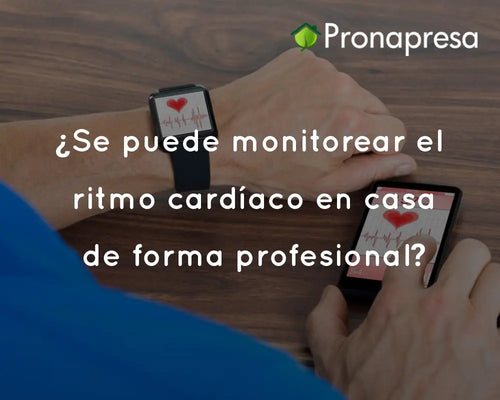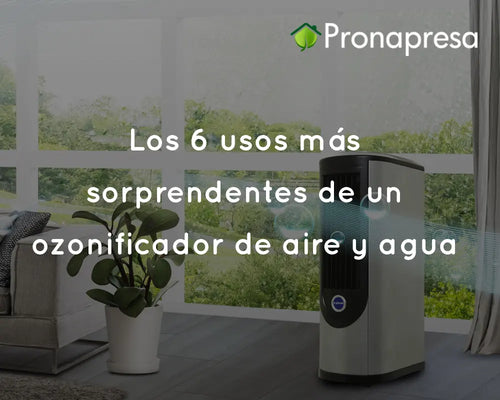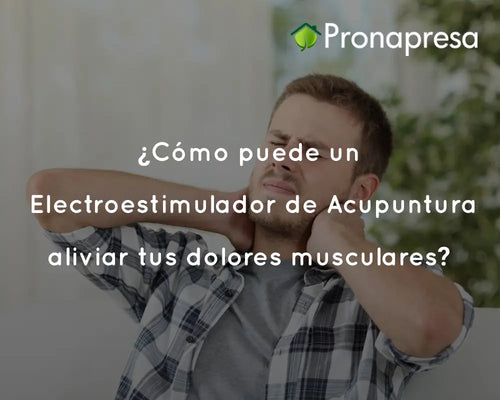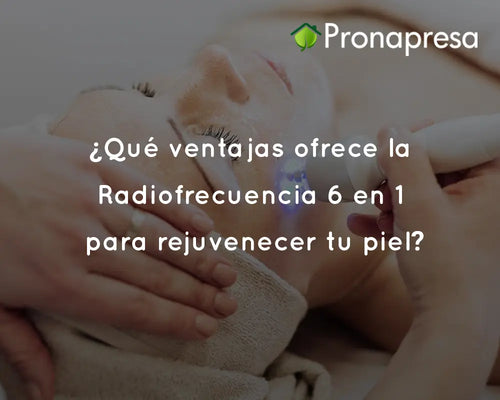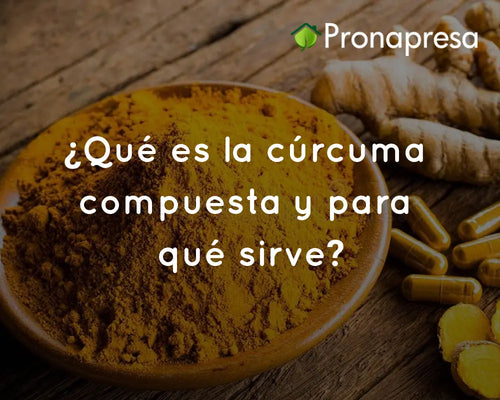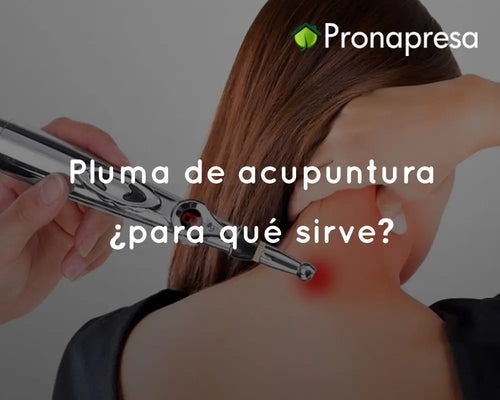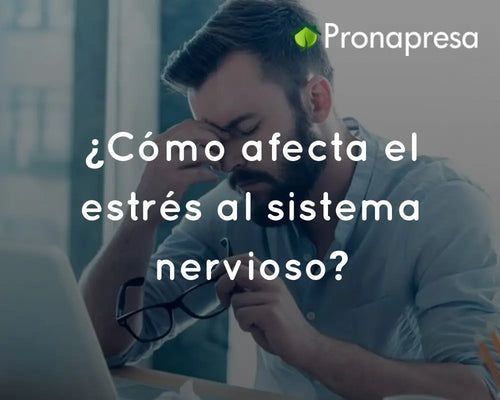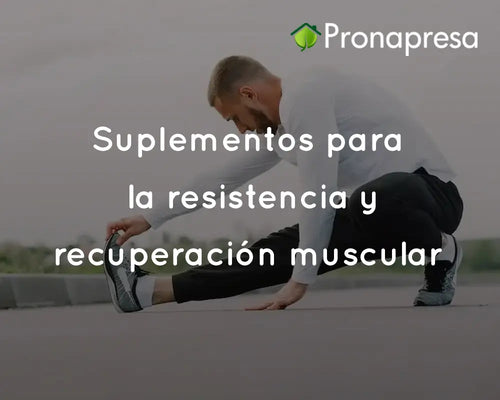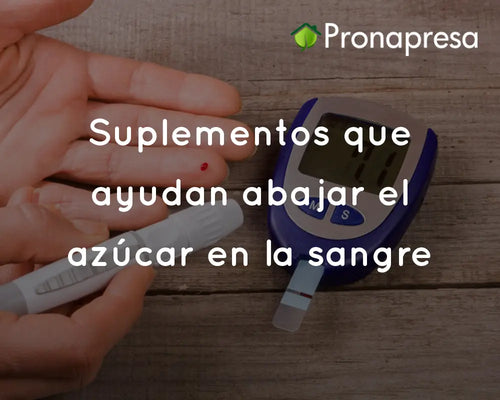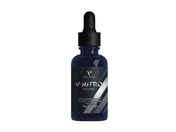
Headaches are a common complaint that almost everyone has experienced at some point. However, when the pain is recurrent, intense, and accompanied by other symptoms, it could be a migraine. Below, we'll discuss the key differences between the two and how you can properly manage them.
What is a headache?
A headache, also known as a cephalalgia, is a feeling of pressure or discomfort anywhere in the head. It can occur in the forehead, temples, back of the neck, or the entire head. It is generally not accompanied by other significant symptoms and usually resolves with rest or the use of common pain relievers.
Types of headaches
There are several types of headaches, including:
- Tension headache : This is the most common type of headache and is caused by muscle tension in the head, neck, and shoulders. It feels like a constant, squeezing pressure, but is not usually debilitating.
- Sinus headache : This occurs when there is infection or inflammation in the sinuses, causing pain in the forehead, around the eyes and nose.
- Cluster headache : This is less common but very intense, with episodes of sharp pain on one side of the head, often around the eye.
What is a migraine ?
Migraine is a chronic neurological disorder characterized by attacks of moderate to severe headache pain. These episodes can last from a few hours to several days and are often accompanied by other disabling symptoms.
Migraine symptoms
Migraines are not just headaches; they can include:
- Stabbing or throbbing pain on one side of the head.
- Sensitivity to light (photophobia) and sound (phonophobia).
- Nausea and vomiting.
- Aura, which are visual disturbances such as flashes of light or blind spots.
- Extreme fatigue and difficulty concentrating.
Types of migraine
- Migraine without aura : This is the most common type and manifests with a severe headache and other symptoms.
- Migraine with aura : Includes visual or sensory symptoms prior to the pain, such as flashes of light, zigzag lines, or numbness.
- Chronic migraine : It is diagnosed when there are frequent migraines for 15 or more days a month for at least three months.
Key differences between headache and migraine

Causes and triggers
Factors that can cause a headache
- Stress and anxiety.
- Lack of sleep.
- Excessive consumption of caffeine or alcohol.
- Dehydration.
Factors that can cause migraines
- Hormonal changes (especially in women).
- Consumption of certain foods (cured cheeses, chocolate, alcohol, sausages).
- Emotional stress.
- Bright lights or loud sounds.
- Changes in sleep patterns.
Treatments and prevention
Headache treatment
- Over-the-counter pain relievers such as paracetamol or ibuprofen.
- Rest and relaxation.
- Adequate hydration.
- Moderate physical exercise.
Migraine treatment
- Specific medications prescribed by a specialist, such as triptans.
- Dietary changes and elimination of triggers.
- Alternative therapies such as Bach Flower Rescue Remedy and meditation.
- Maintaining a regular sleep schedule.
If you also suffer from mental fatigue or constant stress, you may want to consider using multivitamins like Ultravit for Men , which can help balance your nervous system.
When to see a doctor
If you experience frequent headaches or severe migraines that interfere with your daily life, it's advisable to see a specialist. Seek medical attention if:
- Your headache is sudden and very intense.
- It is accompanied by confusion, loss of balance or speech problems.
- It worsens over time or does not respond to usual treatments.
Improve your quality of life by identifying your symptoms
Distinguishing between a headache and a migraine is essential to receiving the right treatment and improving your quality of life. While headaches are usually temporary and less disabling, migraines can seriously impact the daily life of those who suffer from them. Identifying triggers and seeking professional help when necessary can make a big difference in managing these episodes.
If you suffer from frequent headaches or recurring migraines, consider keeping a symptom diary to identify patterns and avoid triggers. Taking care of your health and adopting healthy habits will allow you to enjoy a more fulfilling life free from constant discomfort.





